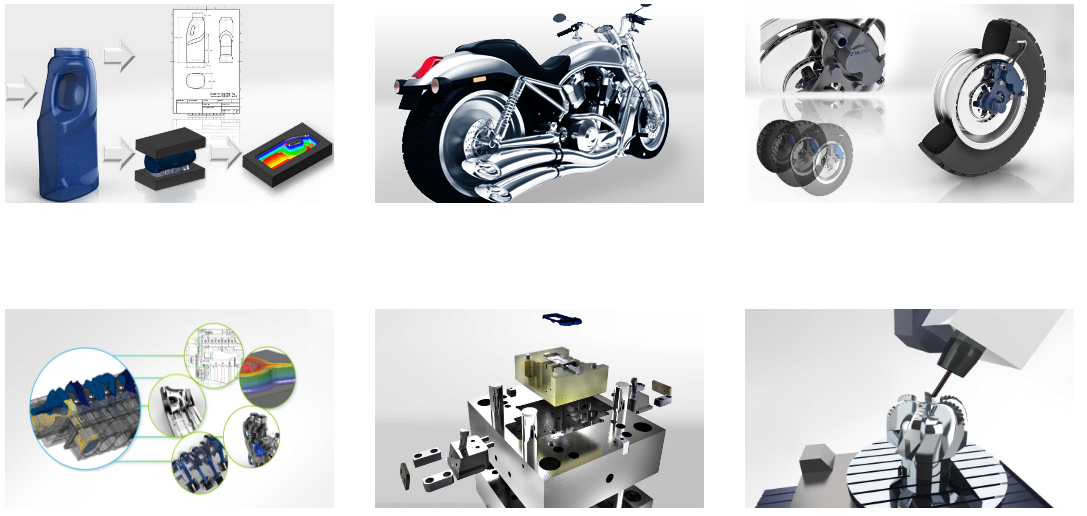

There is also a selection toolbar with controls and filters that help when selecting objects.

The user interface consists of a Quick Access Toolbar and ribbon across the top of the screen and a status bar along the bottom. ZW3D provides a well-organized user interface that makes it relatively easy to model parts and assemblies. User roles can also be saved to a ZIP file to exchange between different PCs. You can switch user roles later and create custom roles. When you first start the program, you choose a user role (Primary, Intermediate, Advanced or Expert), which sets interface, hotkey and mouse actions. The ZW3D user interface is similar in many ways to its competitors. In the U.S., sales and marketing is handled primarily by a partner based in Weston, MA. ZWSoft claims to have more than 110,000 users in over 80 countries and sells its software through a network of more than 170 partners. That remains true today, with kernel development for ZW3D still done by a core development team based in Melbourne, FL, while work on features and functions is carried out in the company’s headquarters in Guangzhou, China. VXCAD/CAM was somewhat unique in that it used its own modeling kernel rather than relying on ACIS or Parasolid. In 2010 ZWSoft purchased the technology and R&D team behind VXCAD/CAM from VX Corporation. After its start in 1993 as an Autodesk reseller and developer, ZWSoft released its own AutoCAD-compatible software ZWCAD in 2002. While the company and its software may not be as well known in North America, that is certainly not the case elsewhere, particularly in China, where programs like SolidWorks, Solid Edge, Inventor and Creo compete with local brands like ZW3D. The Chinese company ZWSoft’s ZW3D is billed as an all-in-one affordable CAD/CAM program.


 0 kommentar(er)
0 kommentar(er)
